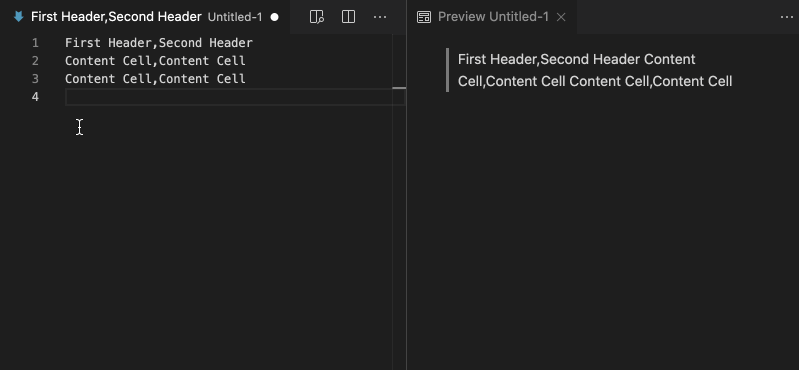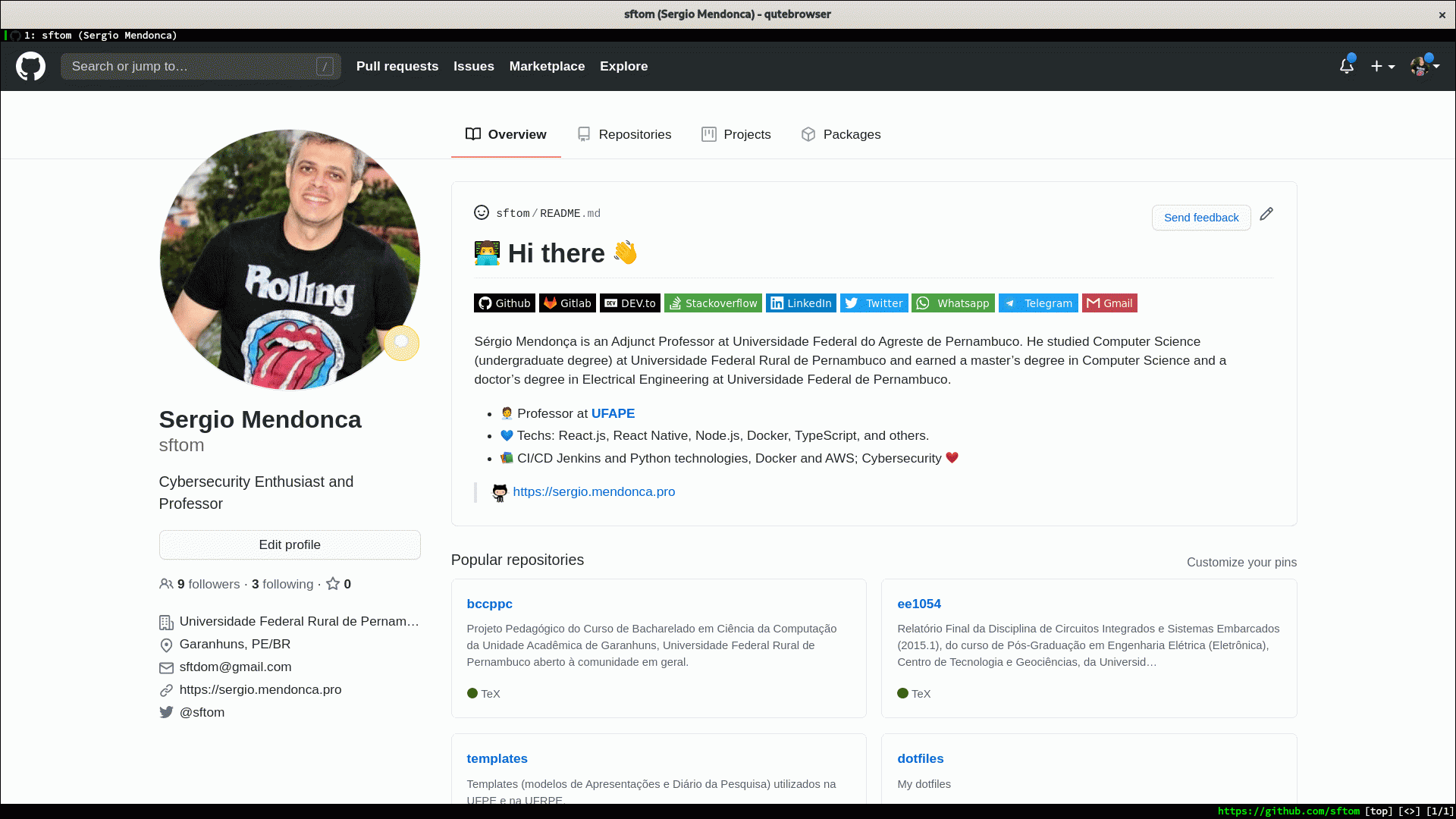


The img tag is in the list, so just switch to standard HTML to resize it. Var hr ruby rt rp li tr td th s strike summary details caption figureįigcaption abbr bdo cite dfn mark small span time wbr Sup sub p ol ul table thead tbody tfoot blockquote dl dt dd kbd q samp
Rmarkdown github readme code#
You can check out their filter for yourself, but here's the list of tags they support: h1 h2 h3 h4 h5 h6 h7 h8 br b i strong em a pre code img tt div ins del Well, GitHub doesn't support all HTML tags - for example the style tag - but it does support a subset. I've never had a need to keep revisions of images, but if you do then this may not be the tip for you.īut what if you get your image inserted and it's obnoxiously huge? You can't resize an image using markdown. The only caveat is that it's not under source control, but I can't really see that being an issue. just copy the markdown it generates and drop it into your Readme. It'll upload it and generate a unique URL for you.

Just create a new issue and drag your image into the editor pane. which keeps the size of your repo down too. You can (ab)use the Issues page though, to avoid the pain of having to upload images into your repo. You can add these to anything that accepts a link label, wherever you find them useful - maybe in a Pull Request template to give contributors instructions that won't render when the PR is submitted, or near a confusing part of a wiki page so the next person who tries to edit it sees a brief explanation before submitting their change.Īlthough the Wiki has a button that lets you upload images to it, and the Issues page lets you drag and drop images, the interface in the main repo has no such button. (The double-slash is the link id, the hash is the URL, and the comment in parenthesis is the link title.) : # (This comment won't be rendered to the visitor!) If you want to add a comment to your markdown file on GitHub - something to note but that shouldn't render when the page is viewed - here's a little hack that takes advantage of the same " link" syntax used in the previous example. Lorem ipsum whatever lorem ipsum whatever lorem ipsum whatever You can use the same technique with images too! : "example image" If you find a bug, please report an, or better yet,įix it and submit a. The list won't render on the page, so visitors won't even know it's there, and it makes one convenient place to do updates. To make updates easier (not to mention, keeping things DRY), you can create a list of links at the bottom of the file, and reference them in multiple places by name.

The normal way to create a link using markdown is this: ()īut what if you have a long Readme file or wiki page, and the same link is used in multiple places? If you take () with any () these tricks work in any markdown file, including new Issues, Pull Requests, and in the Wiki. Here's my top 5 (see them in action on GitHub too).
Rmarkdown github readme how to#
about setting it up, how to contact the author, where to turn for help, etc.īut there are some little tricks you can take advantage of too, which most people wouldn't know about. If you frequently use GitHub, then you know any directory with a Readme markdown file in it automagically displays it, making it a convenient place to let visitors know helpful information about a project.


 0 kommentar(er)
0 kommentar(er)
